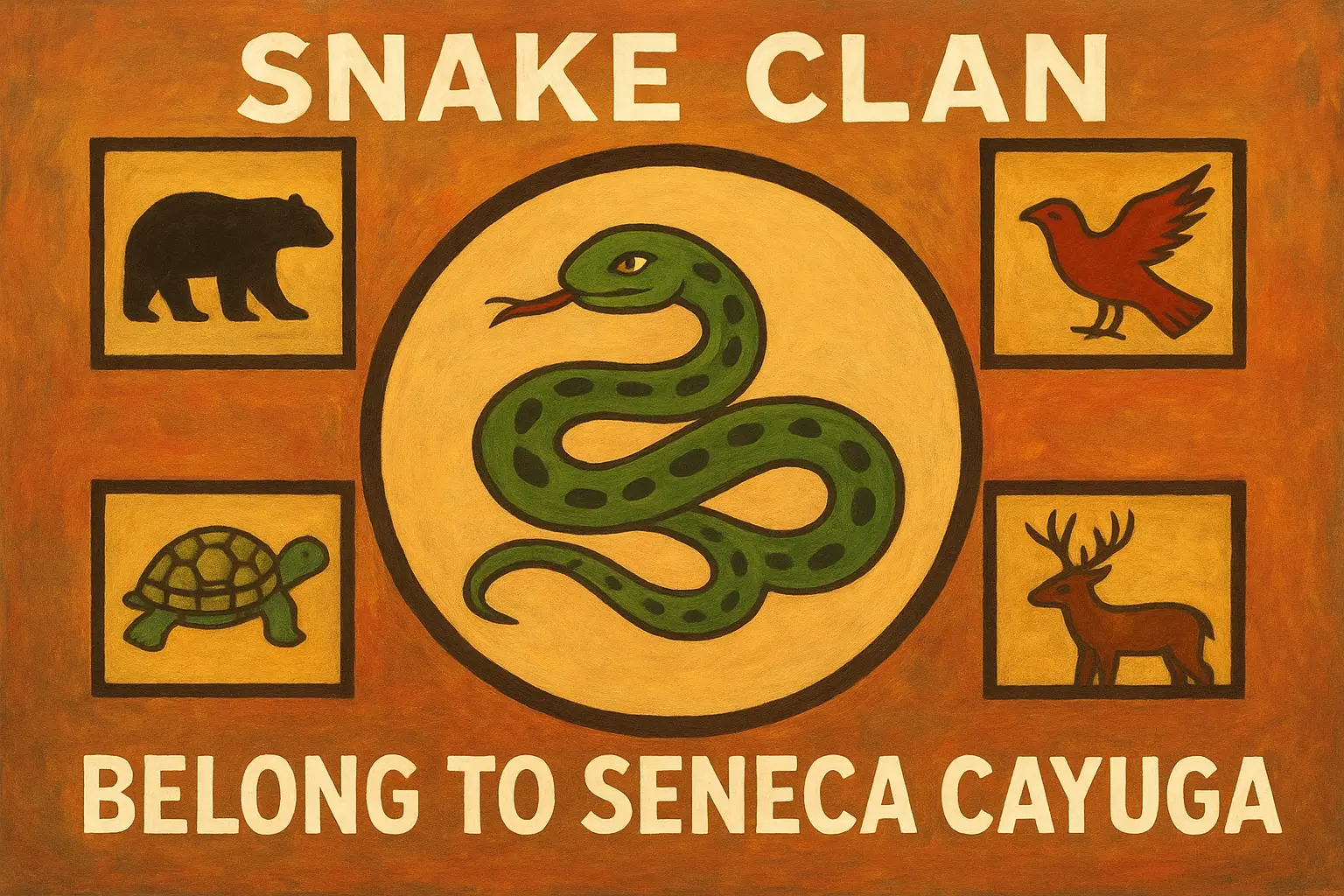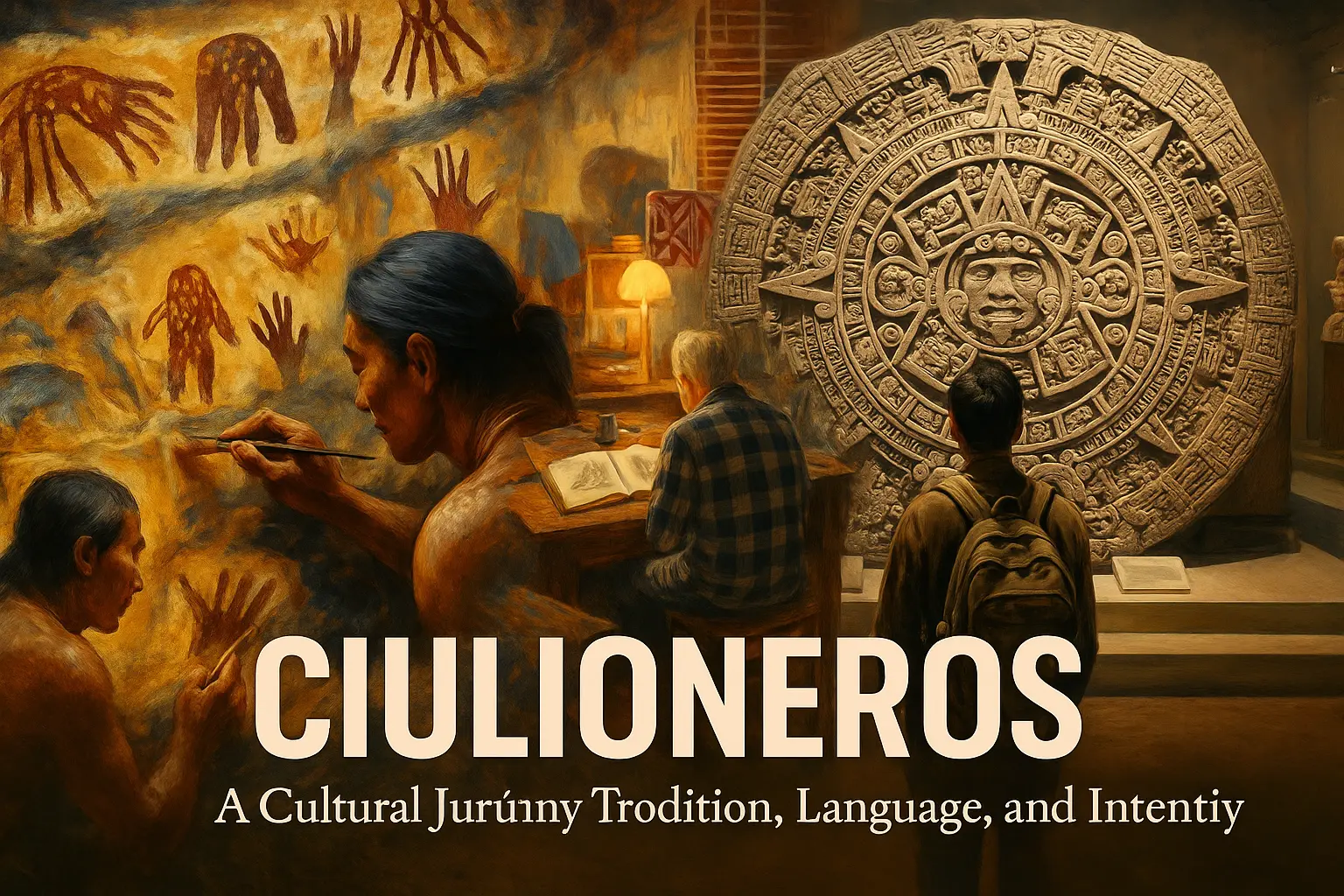Among the Haudenosaunee, or Iroquois Confederacy, clans form the foundation of identity, belonging, and cultural life. Each clan represents an ancestral lineage tied to an animal spirit that carries deep spiritual meaning. Within this vast network of kinship, the phrase snake clan belong to Seneca Cayuga stirs curiosity and historical interest. While the Seneca and Cayuga nations share much of their clan structure, the mention of a Snake Clan invites a closer look into ancient traditions, oral stories, and how clan identity has evolved over centuries. Understanding this connection opens a window into the complex and spiritual world of the Haudenosaunee people.
The Structure of Clans Among the Seneca and Cayuga
To understand whether a snake clan belong to Seneca Cayuga, it helps to look first at how clans are organized. Both nations are part of the Iroquois Confederacy, a union of six nations that includes the Mohawk, Oneida, Onondaga, Cayuga, Seneca, and later the Tuscarora. Each nation has a matrilineal clan system, meaning descent is traced through the mother’s line.
In Seneca tradition, there are eight main clans: Bear, Wolf, Turtle, Beaver, Deer, Hawk, Snipe, and Heron. Each carries distinct responsibilities and spiritual associations. The Cayuga Nation, by contrast, has five clans: Bear, Heron, Snipe, Turtle, and Wolf. Both systems intertwine social order, spiritual guidance, and governance.
Yet, in some historical accounts and oral histories, there are references suggesting that a snake clan belong to Seneca Cayuga communities, even if not officially recognized today. These references come from older regional variations, where local families or storytellers may have identified with the Snake as a symbol of wisdom, transformation, and renewal.
Historical Mentions of the Snake Clan
In older anthropological writings, a few scattered mentions describe a Snake Clan within Seneca communities. Some early records, particularly from the nineteenth and early twentieth centuries, suggest that smaller or localized clans occasionally emerged as offshoots or as symbolic designations. These may not have survived the centuries of displacement and cultural disruption that followed colonization and forced relocation.
Among the Seneca-Cayuga people of Oklahoma, descendants of both the Seneca and Cayuga nations, official recognition lists the traditional clans without including the Snake. However, that does not entirely erase the memory of its existence. Oral tradition often preserves stories that written records overlook. In these accounts, the snake clan belong to Seneca Cayuga may have represented a family or group that identified with the qualities of the serpent — adaptability, intelligence, healing, and renewal.
Symbolism and Meaning of the Snake
The serpent holds deep symbolic meaning across many Indigenous cultures in North America. For the Haudenosaunee, the snake is sometimes seen as a guardian of water or a being that connects the physical and spiritual worlds. In stories shared among elders, the snake often appears as a teacher or a protector.
If a snake clan belong to Seneca Cayuga, its members likely drew upon these same themes. The snake’s ability to shed its skin symbolizes transformation, survival, and rebirth — powerful lessons for a people who have endured centuries of change. The association with healing might also have been strong; in traditional medicine, snakes are sometimes linked to restoration and balance.
The Seneca-Cayuga Connection
The Seneca-Cayuga Tribe of Oklahoma reflects a merging of two related yet distinct nations. Both originated in the Finger Lakes region of New York, but during the eighteenth and nineteenth centuries, many migrated westward due to war and land pressures. This blending of Seneca and Cayuga heritage has created a rich cultural fabric.
Within this context, questions about whether a snake clan belong to Seneca Cayuga highlight the fluid nature of identity. While the core clans remain the same, regional differences and intermarriage sometimes gave rise to sub-clans or symbolic affiliations. Over time, these may have faded from formal recognition but survived in oral tradition.
Clan identity continues to influence community governance and family structure. Each clan has representatives in council, and marriage customs traditionally prevent people from marrying within their own clan to maintain balance and respect among the people. Even without official acknowledgment, stories about a snake-related lineage remain meaningful reminders of ancestral adaptability and strength.
Oral Tradition and Ancestral Memory
Oral storytelling is central to Haudenosaunee culture. Long before written history, stories were passed down through generations to preserve wisdom and values. Through these narratives, the snake clan belong to Seneca Cayuga may survive not as a formal social unit but as a symbol of resilience.
Elders sometimes recount tales of spirit beings that take the form of snakes or live beneath rivers. These stories speak to the respect held for natural forces and the interconnectedness between humans, animals, and the earth. The snake becomes a bridge between worlds — a reminder that life constantly renews itself. Even when the official clan system no longer includes this lineage, its essence lives in the spiritual imagination of the people.
Cultural Continuity and Modern Identity
Today, the Seneca-Cayuga community maintains a vibrant cultural identity that honors traditional values while embracing modern realities. Ceremonies, language revitalization, and cultural education programs help younger generations reconnect with their roots. The question of whether a snake clan belong to Seneca Cayuga may inspire deeper exploration into lesser-known aspects of heritage.
For many, the symbol of the snake serves as a personal or family emblem rather than an official clan marker. It reminds them of transformation, wisdom, and endurance — traits that mirror the survival of their people through centuries of adversity. Cultural preservation efforts ensure that these stories, whether officially recognized or not, remain part of the collective memory.
Lessons from the Past for Future Generations
Investigating the idea that a snake clan belong to Seneca Cayuga is more than an academic question; it reflects the living nature of cultural identity. Traditions evolve, and meanings shift, yet the core values — respect for nature, community balance, and spiritual harmony — remain steadfast.
Younger members of the Seneca-Cayuga Nation are increasingly interested in genealogy and oral storytelling. Through community gatherings and cultural programs, they learn not only about the recognized clans but also about forgotten or symbolic lineages like the Snake. This curiosity reinforces a connection between past and future, reminding everyone that identity is both inherited and continually renewed.
The Importance of Preserving Indigenous Knowledge
Indigenous knowledge systems are built on observation, respect, and harmony with nature. When people ask whether a snake clan belong to Seneca Cayuga, they are also asking how memory endures. Every clan story, song, and symbol contributes to a broader narrative of survival and wisdom.
Preserving these traditions is vital for future generations. It ensures that cultural stories remain alive and that the next generation understands where they come from. For the Seneca-Cayuga and their kin, the snake may no longer stand as a formal clan totem, but its spirit continues to move through language, ceremony, and community identity.
Conclusion
The exploration of whether a snake clan belong to Seneca Cayuga reveals more than a simple list of clan names. It opens a window into the spiritual depth, adaptability, and endurance of Indigenous cultures. While modern records do not officially list the Snake Clan among the Seneca or Cayuga nations, the serpent’s presence in oral tradition continues to symbolize renewal and resilience.
In this way, the story of the Snake Clan is not about what has vanished but what continues to live in memory. The legacy endures in every family that honors its past, in every story told by elders, and in the continuing heartbeat of the Seneca-Cayuga people — strong, wise, and ever transforming, just like the serpent itself.
FAQs
What does the Snake Clan represent in Native traditions?
The Snake Clan often symbolizes transformation, healing, and renewal, reflecting the serpent’s ability to shed its skin and begin anew.
Is the Snake Clan officially recognized among the Seneca or Cayuga?
No official modern records list a Snake Clan, though some older stories and accounts mention families or groups associated with the snake.
Why is the phrase snake clan belong to Seneca Cayuga used?
It reflects historical curiosity and oral traditions suggesting a symbolic or ancestral connection between certain families and the serpent.
What are the main clans of the Seneca-Cayuga Tribe today?
Recognized clans include Bear, Wolf, Turtle, Heron, Snipe, Deer, Beaver, and Hawk, though variations exist between nations.
How does oral tradition preserve forgotten clans?
Through storytelling, song, and teaching, oral tradition keeps memories of old lineages like the Snake alive within community culture.


